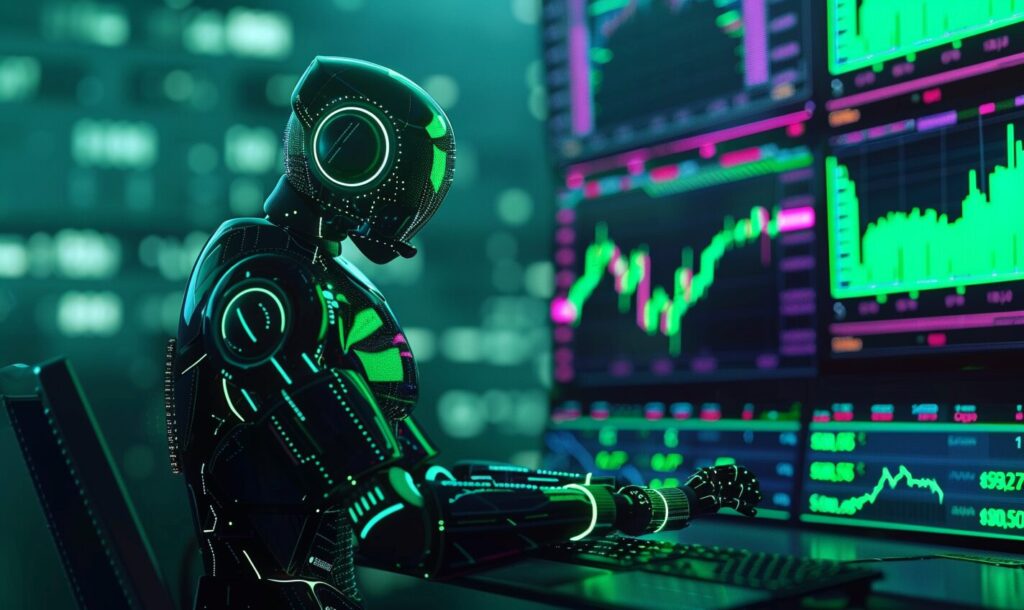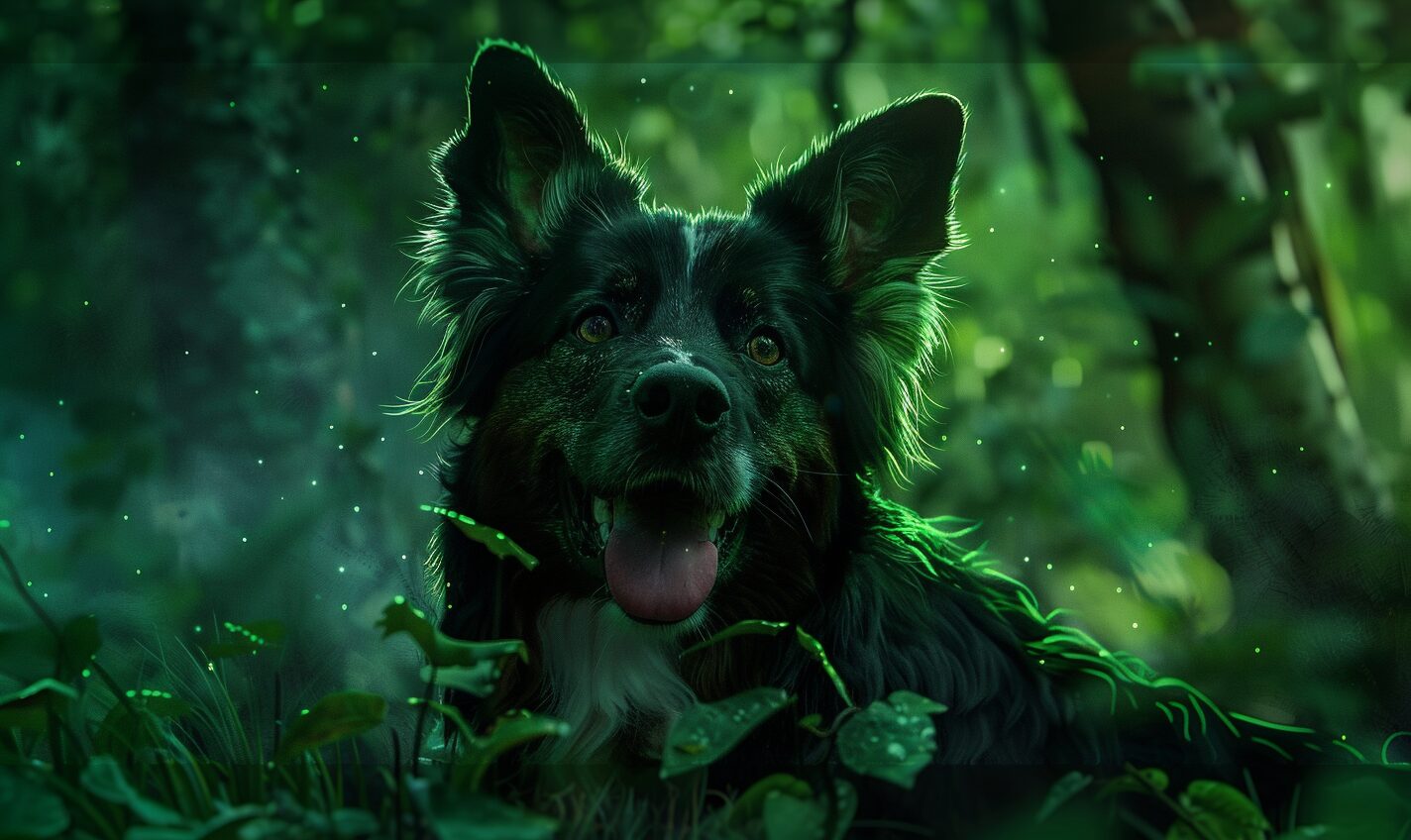People who love animals and find their abilities fascinating have long studied their language patterns. Figuring out how to communicate with them is as intricate as the wide variety of sounds and methods they utilize to talk to one another. With advances in artificial intelligence (AI), talking to animals may become as commonplace as using a translator app to speak to someone using a different human language.
History of Talking to Animals
In the 1970s, a gorilla named Koko was born at the San Francisco Zoo. A few years later, she learned sign language and began communicating with a vocabulary of around 2,000 English words.
Scientists already know that humans call each other by names and speak to their young in a special style. They’ve also developed a RoboBee with the idea of it entering the hive and giving commands to the other bees. Although such experiments have had limited success, the idea that scientists could help bees and other animals and possibly prevent extinction through communication is an enticing one.
On a less scientific level, any dog or cat owner will say they speak to their pets and they understand them to a degree. When you say, “Do you want a treat?” and the dog responds with excited yaps, you know they understand the word “treat.”
What if advances in AI could help owners talk to an anxious dog before they go to the vet? Perhaps one could explain they are leaving to go to the store and will be back soon and a pet with separation anxiety would feel at ease. On a deeper level, we could better understand the way ecosystems work together and why animals have some of the behaviors they do. We could work in tandem to create a world where all species could thrive.
How Does AI Talking to Animals Work?
AI has the ability to sift through massive amounts of data, find patterns and translate a series of animal sounds into language. Digital bioacoustics in an interesting field of study where scientists study the complexities of animal communication. From sounds the human ear can’t detect to body language, collecting the big view and doing some deep listening can help humans be more in tune with nature.
One professor at the University of Copenhagen created an algorithm to better understand pig grunts and emotions the animals felt. Researchers recorded 7,414 different sounds from 411 pigs in various situations. They created mock scenarios to determine if the pigs were having positive or negative feelings, such as a positive grunt when nursing their mothers or a negative emotional squeal when experiencing something new and unfamiliar.
AI sorts through different sounds and data points, finds similarities and recreates the sounds. As programmers and researchers work together to better understand the other species occupying the planet, expect a deeper understanding of how to preserve endangered animals.
How Complex Is Animal Language?
You might wonder how complex animal language could possibly be. Does a bee really have a communication system? Do rodents have words for certain things? It can depend upon the creature but previous research indicates animals do have complex ways of communicating, including releasing scents to indicate danger.
One example of how complex their languages can be is found in an older study from 2009 on prairie dogs. Researchers found the rodents had ways of warning about an unfamiliar person or predator in the area. Different sounds indicated if it was human, hawk, coyote or pet dog. They also shared details about the things size, shape and color.
The experiment had three women who were similarly built walk through the prairie dog colony. They wore the same thing, but changed their tee shirt color. The researchers found the prairie dog calls indicated humans but they also shared features such as blue shirt, green shirt or yellow shirt with differing sounds.
AI Isn’t Magic
Although machines help speed research, biologists still need to consider the context of the sounds in each situation and study animal behavior to better understand what their clicks and squeaks mean.
In studies such as the one on pigs, knowing if the animals are in some type of distress helps them to decipher the variations in grunts and what they relate to. The prairie dog experiment only comes together if an observer can see the change in tee shirt color and then collect data on the different sounds the creatures make.
While AI is a useful tool that helps people better understand the world around them, it still needs a human touch to connect the dots. AI is unable to understand complex human emotions or reasoning.
Using AI to Talk to Pets
Although there are a few entertainment style apps created to translate for your pets, they are not scientifically proven or predictable. Although there isn’t a way to tell your dog to chill or your cat you’ll feed her in 10 minutes, advances in research hint that such tools may be on the horizon.
In the meantime, continue with the same communication tools that animal behaviorists recommend. Positive reinforcement for the behaviors you want, redirection and gentle guidance make living with our pets a pleasant experience for everyone.
Humans Tend to Anthropomorphize Animals
Many scientists caution we need to not add human emotions to animals. Those with pets would argue that animals have feelings. If you’ve ever witnessed a dog grieving the loss of another dog in the family that passed, you know they grieve in a similar way to humans. However, saying that rats have a sense of humor or bees are scared is probably a stretch.
As AI helps us better understand the communication between the animal world and humans, adding our own thoughts and complex emotions will be inevitable. It’s smart to remember no matter how well you understand a grizzly bear, it is still a wild animal that can rip you to shreds if you get too close.
Dr. Doolittle is a story and not something the average human should attempt, even with the assistance of AI.
Where Will AI Talking to Animals Take Us?
Utilizing machines to learn animal languages offers a ton of possibilities. For animals that are almost extinct, the ability to send a warning when a storm is imminent or predators in the area may save the species from disappearing completely.
What we can learn and how we can help animals is still being discovered. It will be interesting to see where AI and talking to animals takes the scientific community in years to come.
Recent Stories
Follow Us On
Get the latest tech stories and news in seconds!
Sign up for our newsletter below to receive updates about technology trends














